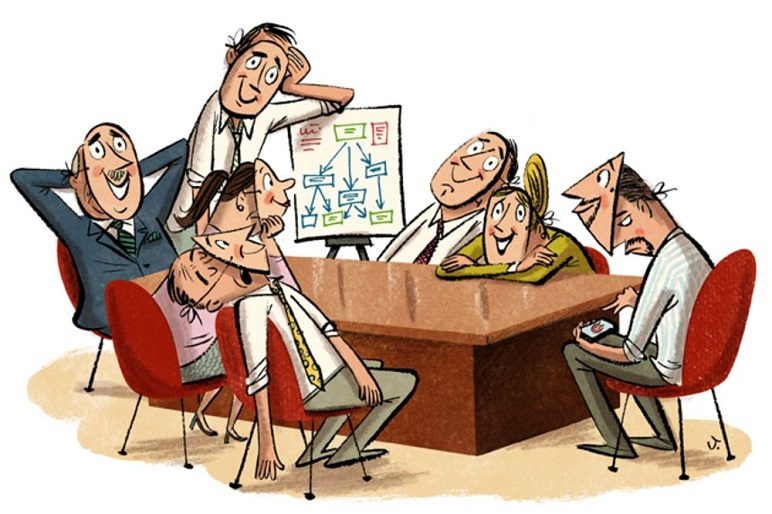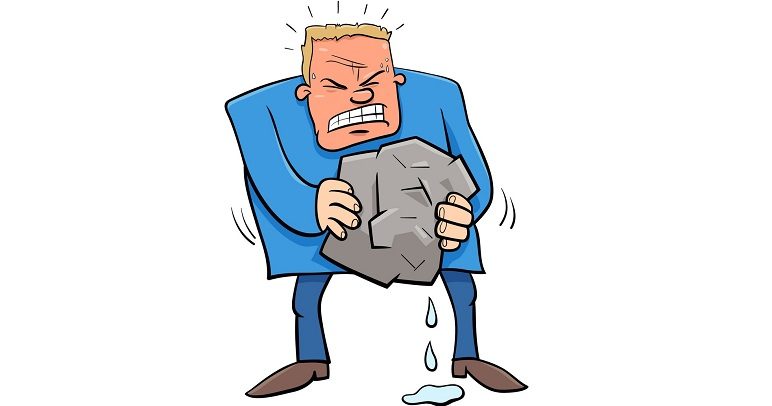Meetings are taking more and more time these days: studies have shown that their duration has increased 2.3 times over the past 50 years, from 10 to 23 hours per week. Being long and boring, they became a favorite topic of corporate humor.
It’s easy to measure the time spent on meetings (you may use time trackers, for example based on Skype for Business conference logging). Still, there is one more acute problem. A study of 20 organizations had shown that enterprises where meetings are held inefficiently (for example going off-topic, mutual accusations, etc.) face an overall decline in efficiency. In those cases innovative ideas are introduced less often, the company suffers the reduction of its market share, the staff turnover became high and the employees` loyalty decreases.
Leaders often use the “classic” techniques to solve this problem. It includes formulation of the theme of the meeting, logging, delegation of authority, etc. But studies show that this is not enough — the problem is complex and must be solved systemically. Specialists in the field of organization propose the next 5 steps as a solution:
1st step. Ask each participant how he is affected by meetings
It helps to determine the depth of the problem – for example, how much resentment the meetings bring, what hinders most of all, how much work remains undone. To get a cleared view an individual approach is important here – many people are less likely to discuss in public. The instruments advisable are questionnaires or personal communication with each employee.
2nd step. Process the information gathered together
This step is necessary to discuss ways to solve problems. The discussion should be open and impartial. Third-party facilitators can help keep the conversation constructive, but the analysis and decision-making should be made only by the employees themselves.
3rd step. Collective and personally relevant goals should be combined
If its a “win-win” initiative, it is itself a good motivator. For example, you can allocate days when some employees work independently and cannot be distracted by meetings. Thus not only will such employees be more focused on their work, but also will have some free time. In addition, it will determine whether the permanent participation of this employee in the meeting in necessary.
4th step. Monitor progress and set interim targets
It takes a long time to solve all problems, but achieving small intermediate goals motivate the participants. For example, the average meeting time was reduced by 10-15 minutes because of the control that no one can interrupt the speaker. The meetings participants noticed that exactly this measure had led to improvements. This will enhance the rule, as well as motivate the next steps – for example, preparing the information necessary more thoroughly.
5th step. Get regular feedback and respond to changes
Sometimes the plans go wrong and what was supposed to be an improvement result in hidden negative effect. Therefore, the feedback mechanism is mandatory. Surveys and questionnaires can help.
Properly organized meetings will not only reduce the time losses, but also enhance the positive effect of communication: the development of group work and integration in the team. This will improve the work of the organization and allow it to reach new heights.


